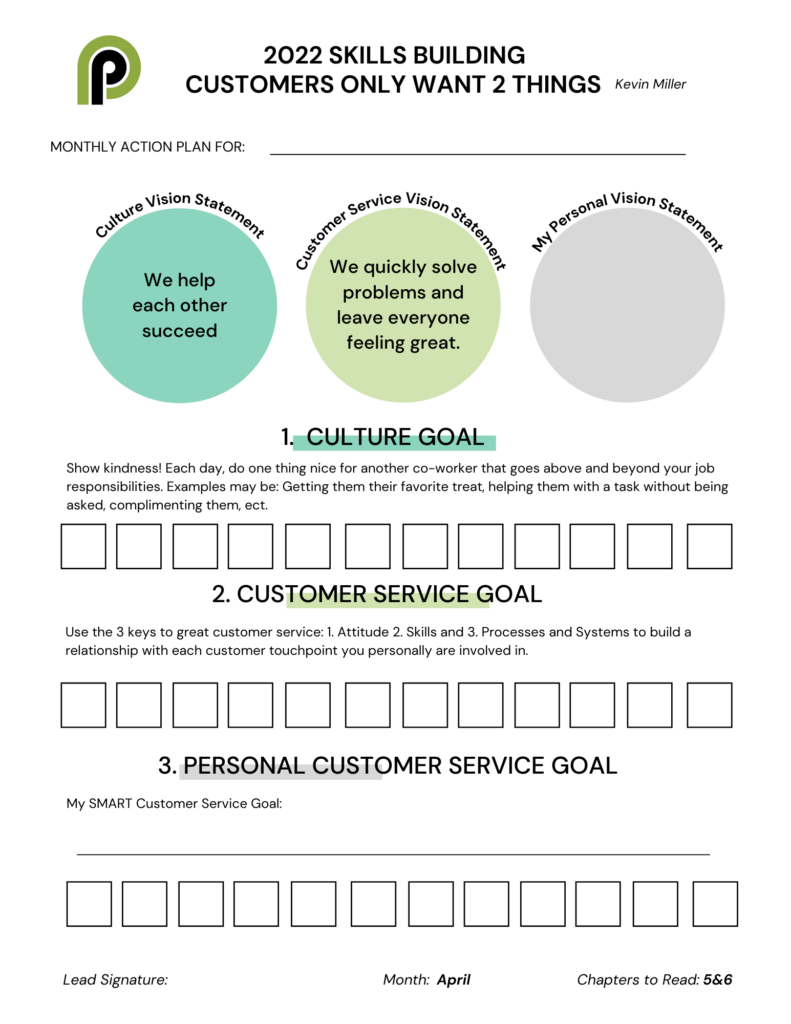Meet Persnickety Prints:
Founded in 2010, Persnickety Prints is a digital printing service that turns photos into lasting memories for every customer. Under the leadership of owner Chari Pack, the company grew over 500% in its first three years and was nominated as one of Utah Valley’s Fastest Growing Companies two years in a row — making it onto the Forbes Next 1000 list in 2021.
If you manage a small business, you know how hard it is to have engaged employees and a thriving company culture, especially in times of growth and restructuring. At Persnickety Prints, we’ve tried lots of different ways to do this. And I’m excited to say that we’ve landed on one that’s truly working.
5 Ways to improve small business employee engagement
We started an incentivized book club that’s not only united and engaged our team in ways we’ve never seen (13 of our 15 employees are actively participating), but that’s also provided us with a compelling new way to train employees and focus on their individual and professional growth.
I’m happy to share with the Homebase audience how you can do it, too.
1. Pick a book that everyone can benefit and learn from.
At Persnickety Prints, our team chose to read “Customers Only Want Two Things: Winning Loyalty in a Competitive World.” by Kevin R. Miller. (For those looking to up your customer service game, I highly recommend it.)
Next, we set company goals and actions that align with the philosophies presented in the book. (In this case, leaving customers feeling satisfied, like their problems have been solved, and happy with the interaction.) We also had each employee set their own goals to help everyone make the most of the program.
2. Make it voluntary (and worthwhile).
We don’t require anyone to participate in our book club. And the whole program works on the honor system. This gives the team a sense of responsibility and reinforces that they have our trust — while keeping things easy on managers, too.
Everyone who wants to participate reads specific chapters each month. Then there are perks, when they complete the readings and actions for each goal, they get a $25 gift card. To further sweeten the pot, we’ve also entered everyone’s name into an end-of-year raffle to win a larger prize, like a TV.
3. Provide some structure.
Before we started reading and discussing the book with the team, I read it myself and crafted company visions and goals to coincide with the month’s assigned chapters. Then, I created the template below to guide personal goal-setting and help employees understand the connection.

In this example, you’ll see that we set a cultural vision to help each other succeed. And we set a customer service vision to quickly solve problems and leave everyone feeling great.
To help each other succeed, we tasked participants with doing something nice for a coworker 12 times a month — whether it was helping them with daily duties or even something as simple as giving a compliment. And to grow customer service skills, we worked on building customer relationships through attitude, skills, and processes.
The third circle is left blank so employees can add their own personal vision statement and goal for the month. We encourage them to create a “SMART” goal, and each employee’s manager signs off on their goal at the beginning of each month to make sure it’s attainable:
- S: Specific
- M: Measurable
- A: Achievable
- R: Relevant
- T: Time-specific
4. Prep before you present.
Getting organized before introducing our program to the team has been a key factor in its success. I recommend doing some thinking and prep work beforehand, then getting everyone together to present and cover the details — however, you might choose to tailor them to your team.
We held a presentation on how the program works and gave four or five examples of vision statements — making it clear that they could be changed as we met them. (I included my own statement and goal and said they were more than welcome to use it.)
Since the program’s voluntary, we were also sure to hype the team up about the incentives during our presentation.
5. Make the most of teaching moments — and celebrate every milestone.
Our book club has gotten everyone more engaged, and it’s also given us new opportunities to train on specific outcomes. For example, now when we see something that the team could improve on, we have a meeting and tie the issue to a chapter.
When we completed our first month’s chapters, we made a large announcement during work hours and invited participating team members to come and choose their gift cards. Based on their excitement and how great the first round is going, we plan to keep the program going for the long term.
Who would have thought a book club would help our small business in so many ways?
Have a few tips of your own? Share them to help other teams succeed at stories@joinhomebase.com
